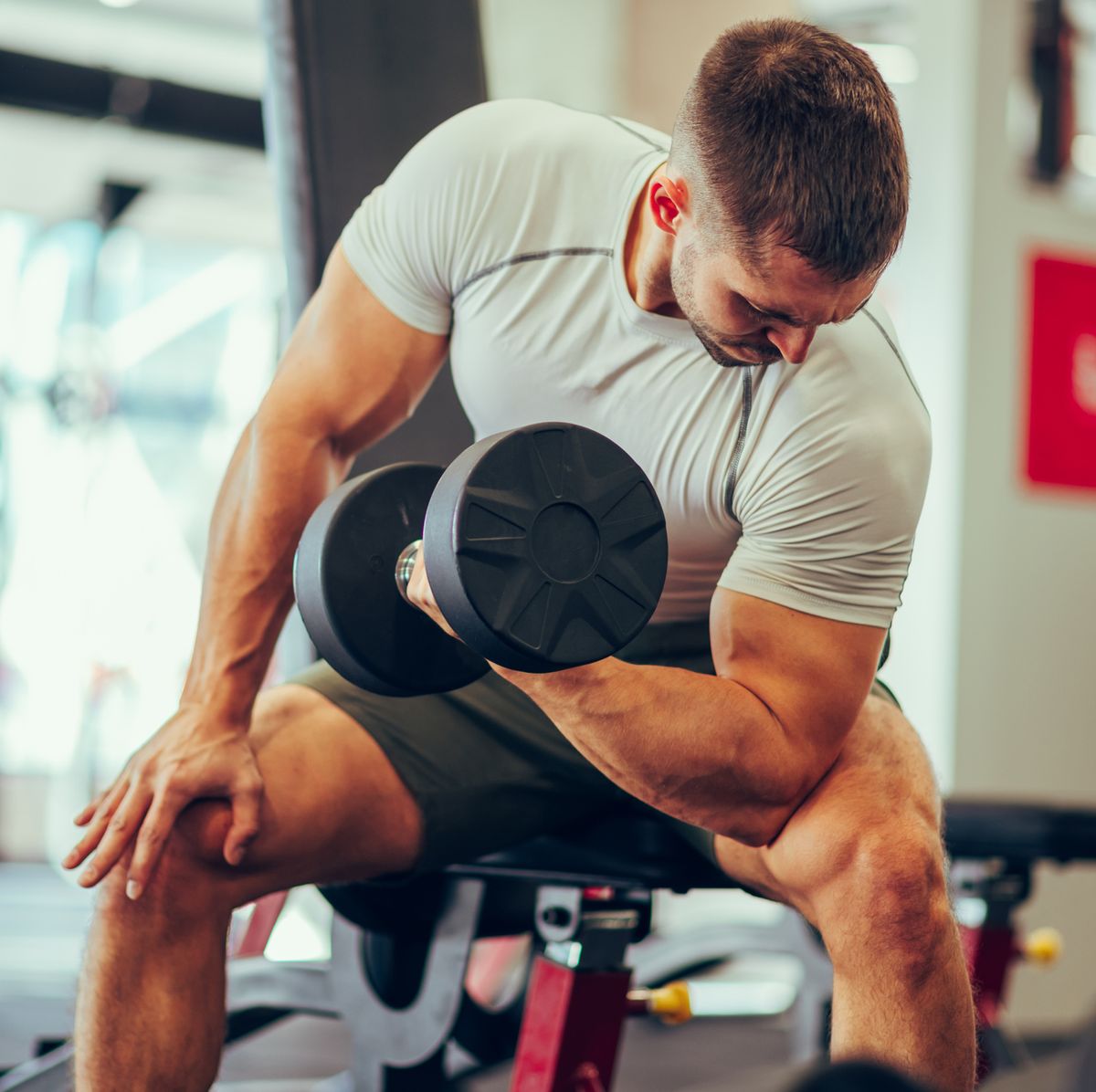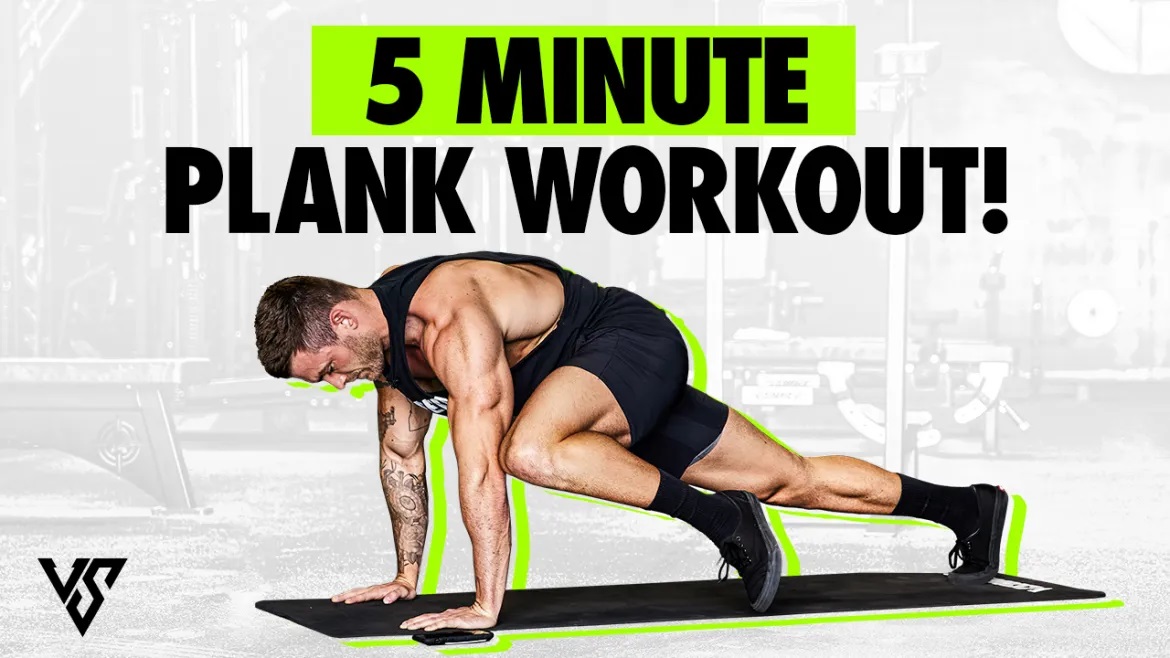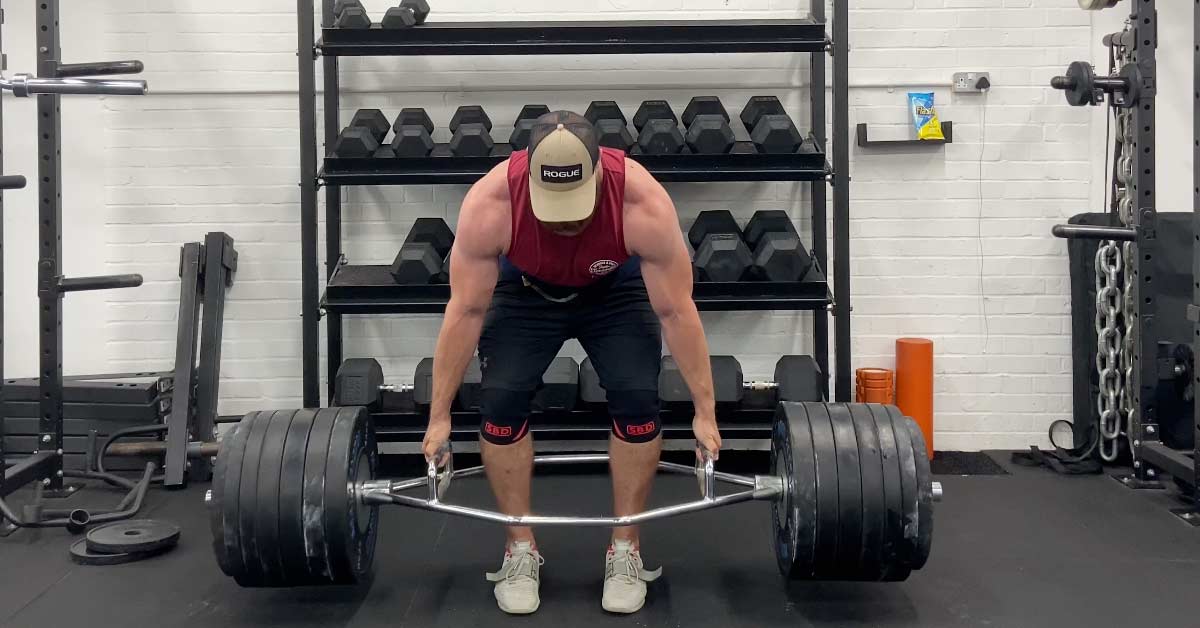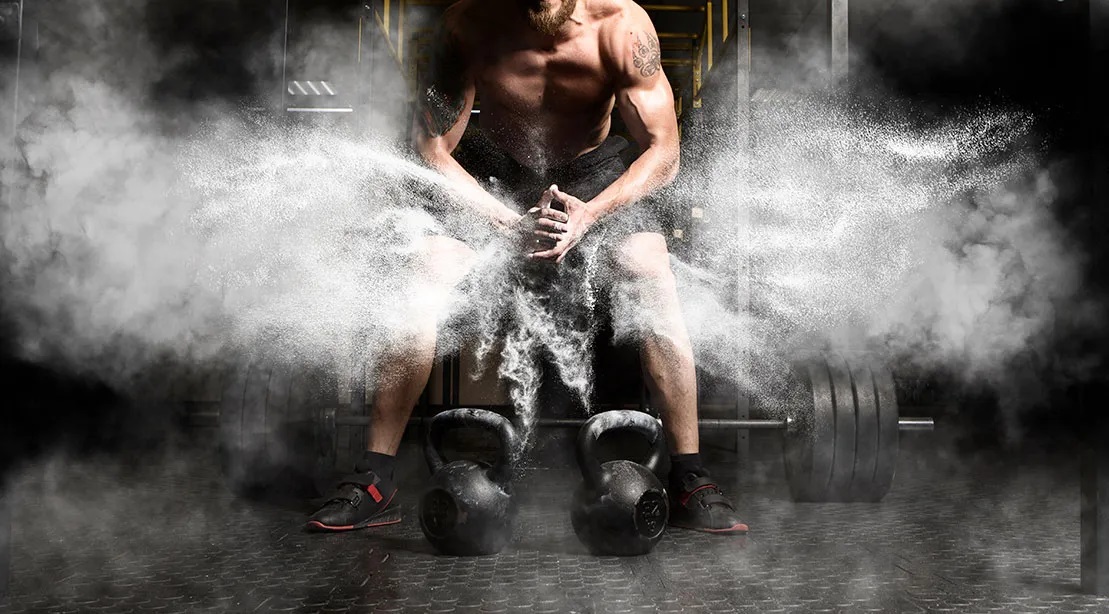When it comes to arm training, one muscle in particular always seems to hog the spotlight. The biceps brachii is the large two-headed muscle that makes up much of your upper arm, but it doesn’t work alone.
The brachialis and brachioradialis muscles, which help flex the elbow joint, also add size and shape to the pipes, though it takes a little extra manipulation to get them to grow. The brachioradialis makes up a good part of your forearm as well and will complete your arm development by adding a Popeye-like lower arm to that bulging biceps. In other words, biceps training isn’t just about training the biceps.
Arm Yourself
Most people start their biceps routine with a straight bar curl, arguably the best mass-building move there is for the bodypart. But starting there fatigues some of the smaller muscles of the arm, making it hard to get them to respond later in your routine and thus hampering long term mass gains. Although most research would argue against working smaller muscles first, this may be your best option because it stimulates all the elbow flexors and increases total muscle recruitment right out of the box.
Remember, muscles eventually get bored by the same old workout. They learn to be more efficient, and they just flat out quit growing in the absence of new challenges. By working smaller muscles first in your workout, you burn them out and require the larger muscles to work even harder to recruit more muscle fibers. And while this may seem contrary to the physiological standards for muscle expression, continual stress forces continual recruitment, which should translate into greater strength and size gains in the long run.
The below routine starts with a handful of 12-rep sets of hammer, cable and Scott curls to get your arms gassed before heading to the traditional mass-building straight-bar curl. The workout finishes with a strong semi-isolated lift—seated dumbbell curl—that will help round out your biceps peak. If you prefer to train your biceps on their own day, use the higher volume Workout 1. If you decide to add them in with other bodyparts, choose Workout 2, which includes half as many sets to ensure maximum recovery for maximal gains.
Biceps Imbalance
Most of us are either right-handed or left-handed, and more people than you would think have one biceps that’s slightly bigger than the other. When this size discrepancy is less than half an inch, it’s barely noticeable.
However, when the difference in arm size is more significant—some guys have more than a 1-inch difference in their arms—it can be downright embarrassing, and at the very least frustrating.
If you’re in this camp, you’ve probably tried tricks like going heavier with the smaller arm or doing more reps with the same weight. Yet, your smaller arm is most likely your weak arm, so it doesn’t make sense to load the weak arm up with more weight or more reps. To do this would mean you’d have to undertrain your bigger arm, and we doubt the solution you’re looking for is to make your bigger arm smaller.
The key to bringing up the smaller arm lies in two training variables: volume and frequency. Try adding a few extra sets of dumbbell or unilateral cable curls with your smaller arm at the end of your biceps workouts. Also, add an extra day or two each week where you only do sets of curls for the smaller arm—4-6 sets in each of these workouts should suffice. Do this for a couple months, then re-measure.



